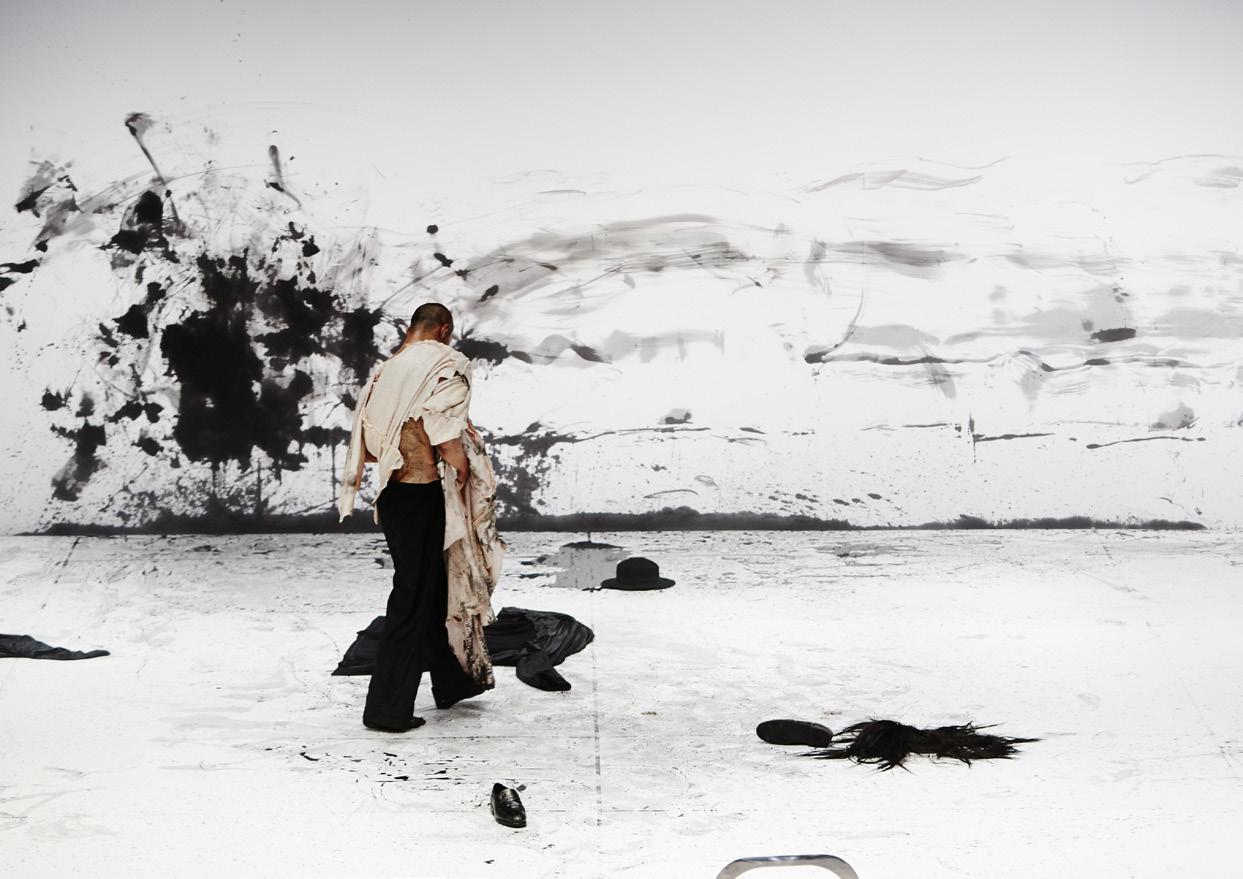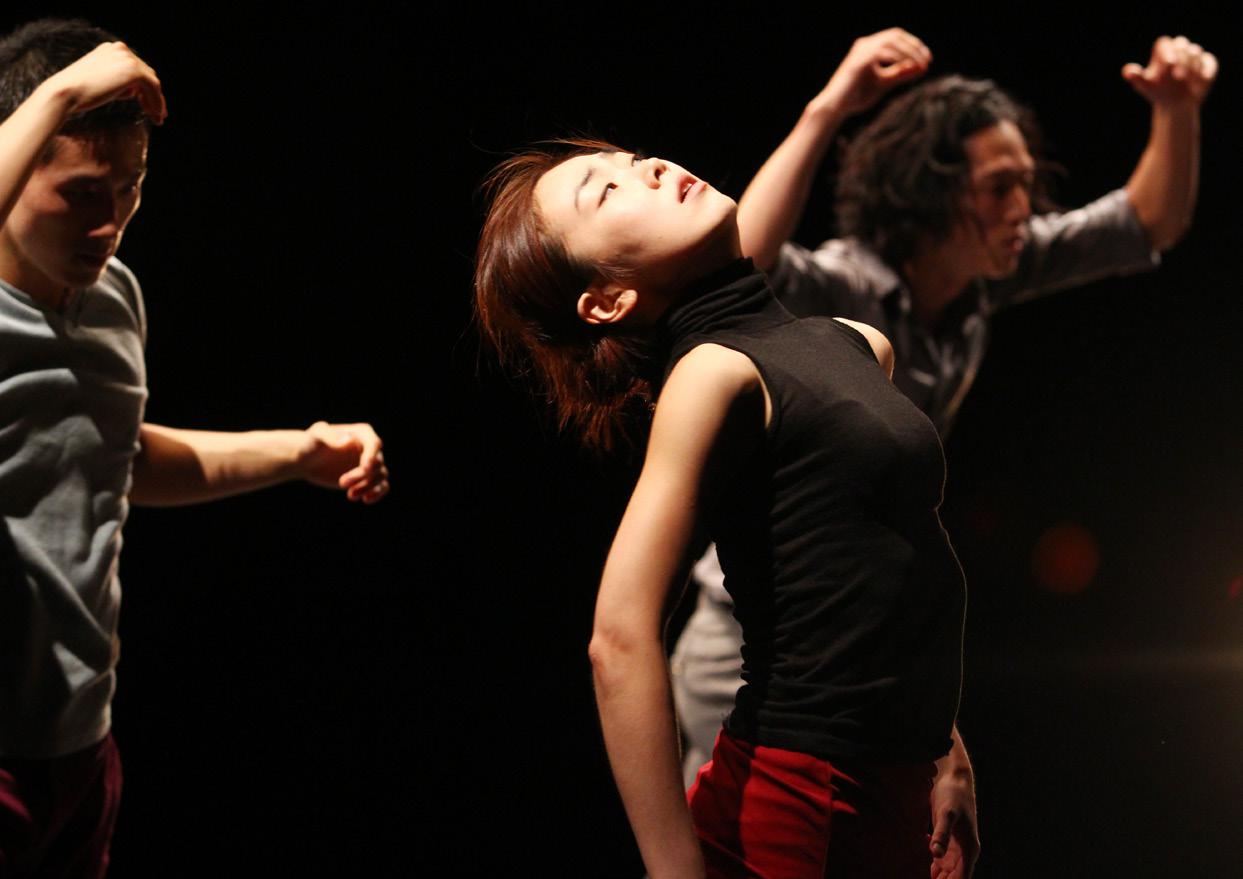Performance Info
After studying sculpture in college, Nam Hwa-yeon continued her studies in the graduate program at Korea National University of Arts and at HZT (Hochschulubergreifendes Zentrum Tanz) in Berlin, Germany. While working and studying in Seoul and Berlin,she presented her works in the form of visual art, drawing, or performative art while developing a new approach in choreography based on her unique methodology in choreography and research.
Her works include Orbital Studies (National Museum of Modern and Contemporary Art, 2018), Imjingawa (Audio Visual Pavilion, 2017), The Botany of Desire (Venice Biennale, 2015), and A Garden in Italy (Festival Bo:m, 2012).
Q. You have presented your artworks mostly in the form of visual art, drawing, or performative art. You have also studied various fields of art in Korea as well as in Berlin, Germany. Can you tell us about your background as an artist?
A. I studied sculpture in college. And even then, I did not think that I would be working only with sculpture. After finishing my undergraduate studies, I went to graduate school at Korea National University of Arts, and there I had a chance to work on the project called Strategic Drama. It was during the second semester of my first year in the graduate program. I collected codenames used in wars, categorized them, and used them as a scenario. The names were very interesting, such as Desert Storm used during the Gulf War. Many of them were quite poetic. I displayed them onstage, and after imagining them as characters,settings, or props, I came up with a script. And when I was nominated for the Hermes Artist Award, I had the opportunity to stage the text. That was probably the first time I worked with someone else on my project. And it was a time when I was very drawn to how amateur performers used their body. Unlike professionals or professional practitioners whose movements are perfect and flawless, I found amateurs’ awkward movements or slightly off-timing intriguing and compelling.
I thought of myself not as a writer or director, but more as a mediator, which I actually enjoyed. And I was drawn to being a mediator because of the unpredictable nature of the outcome. Since then, my interest has led me to work with scores, performativity, choreography, and temporality. I moved to Berlin in 2010, and a couple of years after that, I resumed my studies at HZT (Hochschulubergreifendes Zentrum Tanz) in the program called Solo/Dance/Authorship. I resumed my studies after my performative works A Garden in Italy in 2012 and Dimensions Variable in 2013. While studying in school, I first entertained the idea that establishing a travel route or trajectory of something based on limited archives could be considered choreography, and what I mean by “something” here is not limited to the body.
Q. You have been interested in Choi Seung-hee the dancer for a long time, and your work has been about her and her dance. Can you tell us if Choi Seung-hee has a special meaning to you, and what kind of work you have been doing on her?
A. In my work, Choi Seung-hee has become a very important figure, and I am still working on a project about her. When I heard the song “A Garden in Italy” and heard her voice for the first time, I felt something quite strange. After that, I started to look through every archived document about her. I went to the dance archives in Berlin and Koln and combed through every document there was about her dance. Watching old videos of her, I felt as if I was watching a muted theater production.
Now we can’t see her dance; all we have left are the fragments of her dance. I thought for the first time about how we could bring back her dance. That was when I became serious with my research on finding records on Choi Seung-hee, and came up with A Garden in Italy for Festival Bo:m in 2012. While working on that project, I followed my instincts instead of seriously contemplating the nature of archives. Archives are physical spaces of records and documents. But I started to have questions: can performances that disappear after being performed become archives too? The archiving of movements or the archiving of time that existed and disappeared – can those be performances as well as archives? I began to have these questions, and even now, they are important questions in my work.
Q. Instead of focusing on the importance of Choi Seung-hee in the history of dance, can you explain a little more about the importance of her dance in your work?
A. Because Choi Seung-hee was a very important figure in the history of modern Korean dance, my interest began simply as curiosity. And then, with her as the focus, I was able to ask questions about the relationship between archiving and performance, so she became very important in my work. But now, she signifies something else. My focus before was on the mechanics between archiving and performance, but now, she has become close to me as a person. Choi’s life was closely connected to the modern history of Korea, and I thought about the choices she made – her political choices as well as the choices she made as an artist. Choi Seung-hee came to have different meanings to me as time passed.
Thinking about the choices she made as an artist during the turmoil of history prompted me to have many questions.
Q. In your A Garden in Italy and Imjingawa, you followed the very source of these songs which you said you happened to hear, and by doing that, you traced and archived the times these songs have traveled across. In these works, it must have been a necessity to conduct thorough research into modern Korean history. What was the significance of dealing with modern Korean history in your work?
A. I didn’t know that these projects would take me in that direction. I became more interested in the modern history of our country as I began to ask questions regarding how the history of Korean art had been written. My interest in Choi Seung-hee also prompted me to question how history and art have intersected and developed. There are external forces which an individual cannot resist. Thinking of Choi, you begin to wonder how an individual artist overcame or resolved in her works the conflicts rising from those external influences.
I believe songs have been an important element in my work. “Imjingawa,”which was originally a popular North Korean song about the Imjin River, was sung also by Japanese-Koreans. The Folk Crusaders, a Kyoto-based folk music band in Japan in the late 1960s happened to hear the song, “Imjin River,” at a Japanese-Korean school. Thinking that it was an old Korean folk song, they translated it into Japanese and included it in their album. After the album was released, they had a copyright problem with Chongryon (The General Association of Korean Residents in Japan), who put a stop to the sale of the album. To the generation of Zenkyoto in 1968, the song came to represent their support for minorities in Japan, like Japanese-Koreans. What I wanted to find out was how this song was perceived and what meaning it had not for Japanese-Koreans, but for the Japanese. So I met with four Japanese people, but while conducting this research, I learned more about the history of Japanese-Koreans, and I began thinking about how the song has traveled in time, and how like the actual river that travels to different places, the river in the song mirrored the trajectory of the Imjin River by traveling to different countries. What I found intriguing about the song was the unpredictable nature of its trajectory. Therefore, my belief was that “Imjingawa,” or a song like it, travels and becomes newly re-written, and that is another form of choreography.
Q. Your recent work, Orbital Studies was a work of choreography as a reflection of the orbital movement of Halley’s Comet. Can you tell us more about this work?
A. Orbital Studies was introduced in the Interdisciplinary Arts Program at the National Museum of Modern and Contemporary Art of Korea, and it is about a celestial sphere; to be more accurate, it is about the travel of Halley’s Comet and the human time that is connected to it. A comet can be considered a foreign body. Because it is foreign, people used to think the beginning or ending of its time foreshadowed misfortune or calamity. On top of that, people did not think that the comet, which was perceived as a foreign body, moved according to a predictable orbit. Modern science discovered that Halley’s Comet does travel according to a formulaic orbit, and what I found interesting was that its symbolic significance has changed periodically. I used that idea as a choreographic hypothesis, and when the trajectory of Halley’s Comet was proven, I believed that the concept of time also changed. What’s intriguing is that now people have discovered again that the orbit of Halley’s Comet is unstable. Orbital Studies is about the comet as a celestial body and its movement, which reflects the difference between our concept of time in the present and the comet’s concept of infinity.
Q. In The Botany of Desire introduced in Venice Biennale, and Ghost Orchid, you used nature such as plants, animals, or the environment as material for your work. Do these natural elements have a special meaning in your work?
A. I am interested in the values and concepts that we project onto nature, how we yearn for them, and how we become disappointed by them. And I am also interested in how we keep on trying to understand nature by applying certain laws or ideas. Nature is always the same, but we are constantly projecting our own ideas onto it. Orchids are where they always have been, but they are imbued with different values by collectors. In The Botany of Desire, after the tulip, which was a common flower in Central Asia, was transported to the Netherlands, it was given a completely different value.
Q. You’ve talked about the process of your choreography, and it seems you have a very different idea of choreography compared to the existing idea of it. What is choreography to you?
A. I used to think that choreography was planning the movements of people’s bodies, those who were trained in techniques to move and dance perfectly. But after studying in Berlin, my ideas about it became more organized; for example, what I did with the movement of Halley’s Comet as it was revealed according to orbital law was to do a choreographic reading of it, and I also realized that this choreographic understanding was connected to our understanding of time. With that as well as my research on choreography, it became an important methodology in my work.
Sidestepping or breaking away from re-enacting Choi Seung-hee’s dance can be an example of my idea of the research on choreography. In other words, the process of sidestepping or breaking away is to choreographically create or produce time. A couple of years ago, I worked with Choi’s dance The Flow of the Heart, which she created when she was in her thirties. With only two photos and an article of one Japanese critic on the work, I wrote a dance notation. My plan is to develop this further with other choreographers and to try to produce a different version of The Flow of the Heart.
Photograph Copyright :
1. (Main image) A Garden in Italy, Performance, 2012 ©Ahn Sang-kyun, Courtesy of the artist
2. A Garden in Italy, Performance, 2012 ©Ahn Sang-kyun, Courtesy of the artist
3. Imjingawa, 24min 16sec, Video, Installation View, 2017, photo by Jeong Min-gu, Courtesy of the artist
4. Orbital Studies, Performance, 2018 ©Park Su-hwan, Courtesy of the artist
Production Details
- Director
Reference
- E-mailhwayeonnam@gmail.com








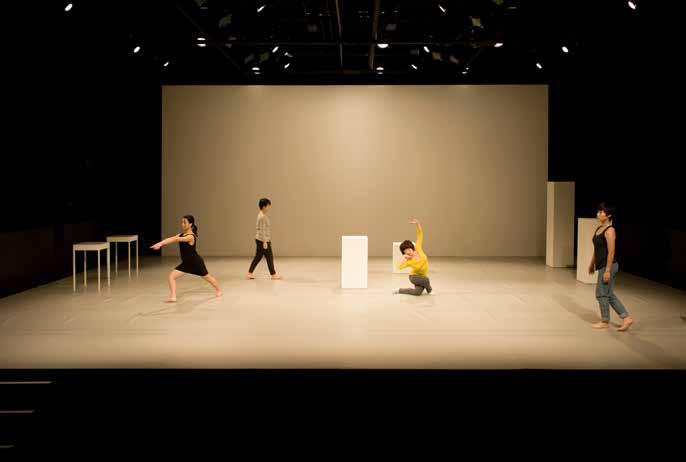
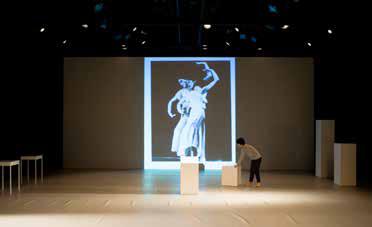
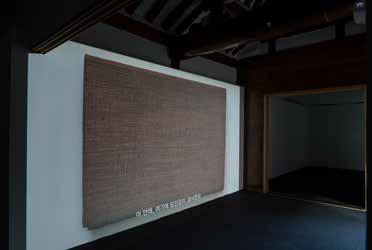
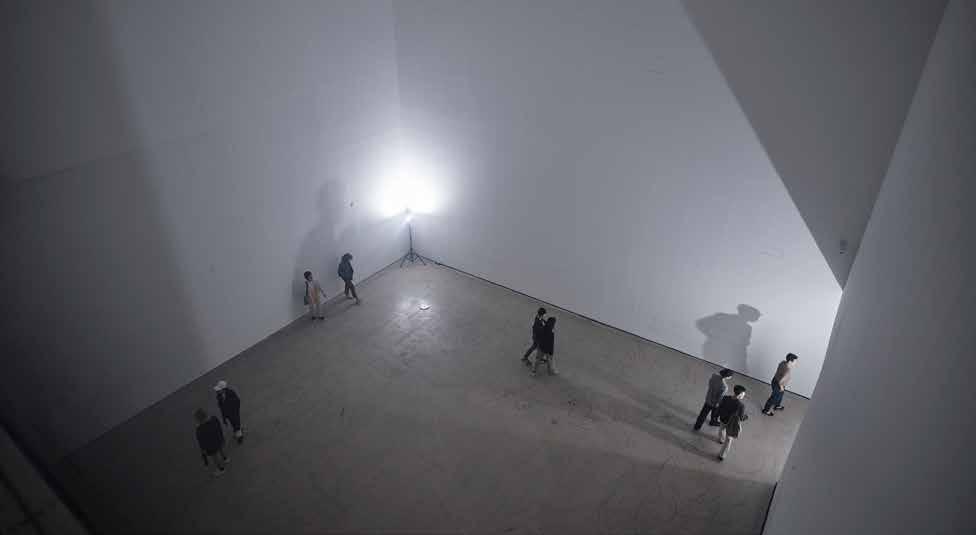

 PREV
PREV
.jpeg)
.jpg)
_(c)포스(FORCE).jpg)
_(c)장석현_코끼리들이 웃는다(SUKHYUN JANG_ELEPHANTS LAUGH).jpg)
.jpg)
.jpg)
_(c)한받(Hahn Vad).jpg)
_(c)비주얼씨어터 꽃(CCOT)(1).jpg)
_(c)봉앤줄 (BONGnJOULE)(1).jpg)
_(c)대한민국연극제 2019 (Korea Theater Festival 2019)(0).jpg)
_(c)몸꼴(Momggol)(1).jpg)
2018MODAFE_Taemin Cho (2).jpg)
